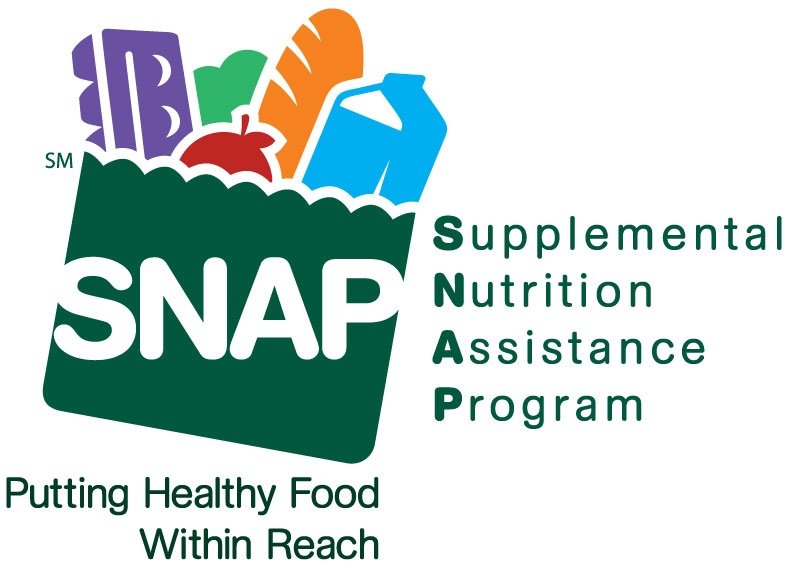SNAP Application Assistance Available Through Food Bank
SNAP APPLICATION ASSISTANCE AVAILABLE THROUGH FOOD BANK.
Organization recognizes that an end to hunger is multifaceted
The mission of Westmoreland County Food Bank is to enable all Westmoreland County residents who are hungry or are at risk of hunger to have ready access to food. Through the pursuit of achieving this mission, the organization works to end hunger through a variety of activities. These efforts include raising awareness for charitable food assistance programs and services, increasing access to food and similar resources, and advocating for those in need to influence policy changes that will aid food insecure households.
The food bank recognizes that one program or service is not the solution, but that a multifaceted approach is essential to fighting hunger. Therefore, the organization relies on a variety of tools to serve clients and ensure that they have access to charitable food assistance. Such programs operated by the organization include pantry food distribution, on-site feeding programs, the Commodity Supplemental Food Program (CSFP/Senior Food Box Program), the Summer Food Service Program (SFSP) and more. The Westmoreland County Food Bank currently carries out these activities to support food insecure households. Recently the SNAP application assistance program (Supplemental Nutrition Assistance Program – formerly known as food stamps) outreach strategy has begun to enhance the organization’s current services and allow them to serve more clients and provide additional aid to existing clients. The Westmoreland County Food Bank received a grant via Feeding America and the Walmart Foundation to achieve this new endeavor.
SNAP helps low-income people buy the food, such as fruits, vegetables and whole grains, they need for good health. It can help to stretch your grocery budget which may already be overextended. This program is helping to reach out to low-income households who are not currently participating in SNAP and share information about the nutrition benefits of SNAP to help them make an informed participation decision.
The Food Bank helps individuals to complete SNAP applications and submits them to the Pennsylvania Department of Human Services to determine program eligibility. Applications can be completed easily via a phone conversation, in as little as 15 minutes.
If you think you may qualify but didn’t know where to begin the process, the food bank can help. Please call SNAP Outreach Coordinator, Lauren Hill at 724.468.8660 extension 28 for more details.
About Westmoreland County Food Bank
The Westmoreland County Food Bank serves over 31,000 unique area residents each year including 9,400 children and 3,400 seniors. WCFB currently has 62 member agencies in their network of emergency feeding sites. Of those, 44 are food pantries in which low income consumers are able to access emergency food assistance throughout the month. Last year (2015), the Food Bank distributed over 7.5 million pounds of food.
50% of WCFB’s food comes from the federal and state governments and the remaining 50% from local donations, food drives, and Feeding America. Administrative and fundraising costs account for 4% of the Food Bank’s operating budget.

